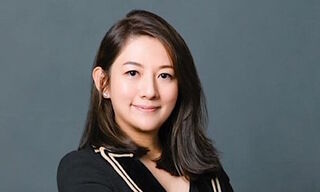Asian institutions' investments into alternatives are virtually certain to grow in the next five years. While it is highly unlikely for this to reach the extent seen in the Western world, it certainly poses a threat to traditional asset managers.
This is one of the key findings of a Cerulli Associates report titled Institutional Asset Management in Asia 2015, which is in its seventh iteration.
The need for diversification has helped to drive growth into such alternatives investments. Interest in alternatives has been particularly keen among pension funds and sovereign wealth funds. As many asset owners are still new to this asset class, reliance on external managers is a given.
"First-time investors have often turned to alternative managers at the top of their respective league tables," says Rachel Poh, a senior analyst at Cerulli, who co-led the report.
Over the years, there has been a general trend to diversify away from core domestic market investments. For example, excluding Japan, Hong Kong, Singapore and China, state pensions in the Asia Pacific region expanded their foreign investments to 15.7% of the region's total portfolio in 2014, as compared to 9.6% in 2010.
"Turmoil in several asset classes over recent years-bonds, commodities and emerging markets-have prompted asset owners to go on the search for uncorrelated returns and alpha generating opportunities overseas," says Yoon Ng, Cerulli's Asia research head.




















